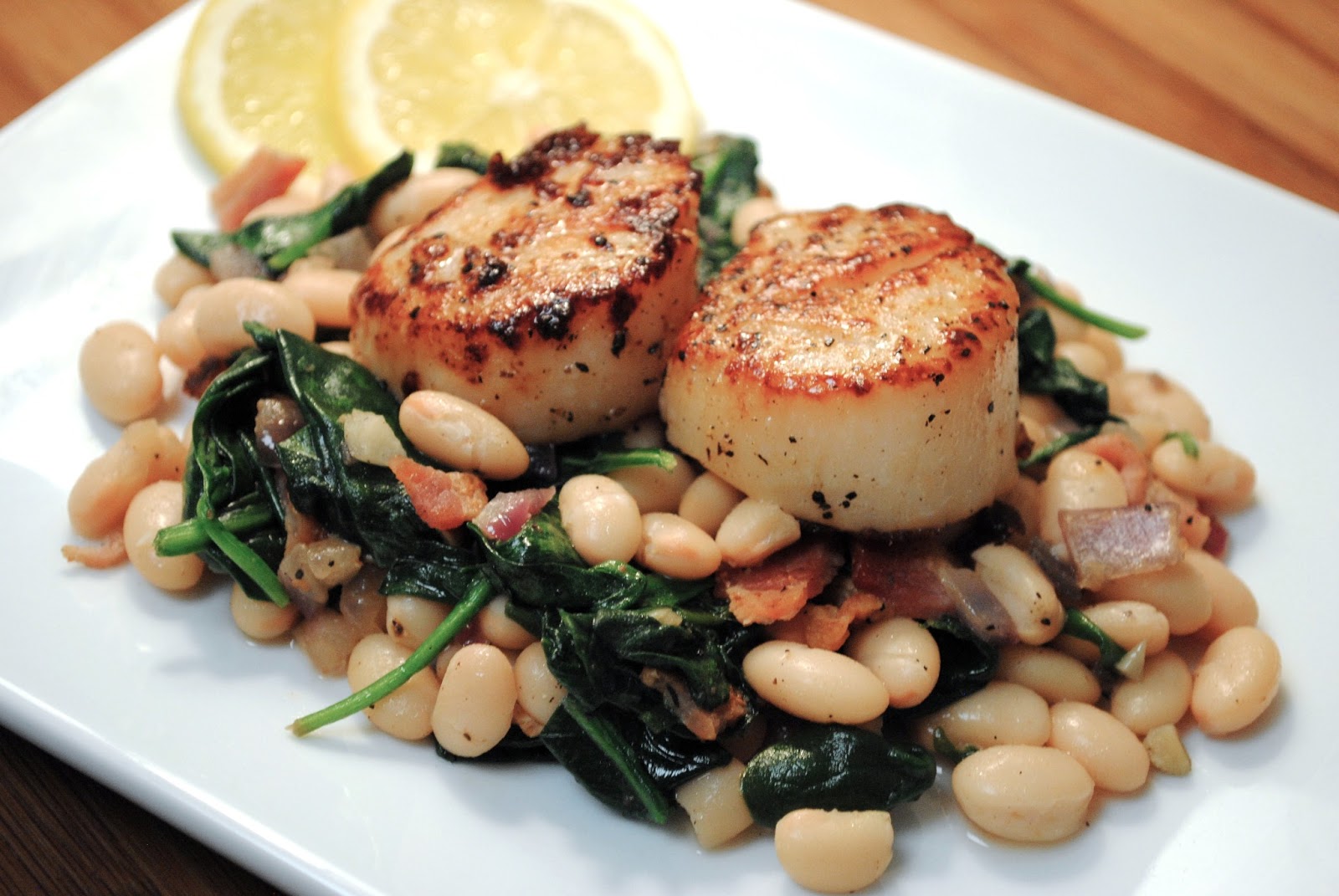
My daughter has an audition this afternoon for her school’s spring theater production. Musical theater is her nine-year-old-heart’s desire and as such, she’s been talking about this audition since the closing night of last spring’s play.
They’re doing The Little Mermaid Jr. this year, and while as a fourth grader in a K-8 school she’s certainly not auditioning for the lead, she has her heart set on a specific part and has put plenty of blood, sweat, and tears into preparing the lines and song that will determine whether or not she gets the role.
I love to see my daughter setting a goal and going for it. I love to see her putting in that much effort. I love to see her competing to win and envisioning herself in that costume on that stage in front of that audience. But the audition puts me in a quandary as a parent.
Because at the end of the day, her best may not be enough. Those who prepare and do their best DON’T always win.
The soccer star who practices every evening may not win the game. The spelling bee participant who studies every week may not bring home the trophy. The well run campaign may not get the candidate into office. The perfect resume may not land the applicant the dream job. There are factors well beyond the individual’s control at play in each scenario and those factors affect the outcome.
Believe me when I say that I am an advocate of hard work and steadfast effort. And that I love winning. Really, I do. But there are lessons to be learned both in victory and in defeat and the fact remains that in a well-lived life, we’ll all experience both.
So, last night during a walk, I gave my daughter a version of the speech my mom always gave me before a competition. “Be prepared to win, so you’ll be a humble victor. But be prepared to lose, so you’ll be gracious in defeat.”
I’m not sure which is harder, frankly – victory or defeat. We prepared for both outcomes with equal care, because being prepared is half the battle. Envisioning herself as both the winner and the loser will help her handle each situation with equal aplomb.
First, we talked through examples of what it might look like to be a humble victor.
- Where should she go immediately after finding out she got the part to celebrate in private without hurting any feelings in the process?
- Whom could she tell right away – who could hear her news without a shred of envy? (e.g. a friend not involved with the play!)
- What might she say to lift up a classmate who DIDN’T get a part?
- How would she respond if someone were to congratulate her?
- How could she show gratitude to the director or her voice coach?
- In what ways could she shine a light on someone else’s “win” that day to pay it forward?
Then, we talked about what it would look like to be gracious in defeat.
- Could she take a friend not involved with the play with her when she went to see the cast list so she’d have a hand to hold?
- Could she carve out a little time and space to accept the decision before she had to talk to anyone else about it?
- Could she offer sincere congratulations to the classmates who did get a part, remembering how it feels to be on the receiving end of those congratulations at other times?
- Could she accept a smaller part or be in the chorus with a smile on her face and a willingness to learn?
- Most importantly, could she trust that when one door closes, another one opens, and that no matter what she should hold onto her love for singing and acting!
I emphasized that what matters to me is not whether she gets the part or not; it’s that she had the courage to try. Because let’s face it, standing up and singing in front of an auditorium full of people is not something most adults would sign up to do. Auditioning alone would scare most of us away. And then to have the cast list posted on a door in the cafeteria for all our peers to see…I mean please. Bravery, through and through. For that, I give her all the credit in the world.
It’s like Theodore Roosevelt said in this excerpt from a speech he delivered in 1910:
The credit belongs to the man who is actually in the arena, whose face is marred by dust and sweat and blood; who strives valiantly; who errs, who comes short again and again, because there is no effort without error and shortcoming; but who does actually strive to do the deeds; who knows great enthusiasms, the great devotions; who spends himself in a worthy cause; who at the best knows in the end the triumph of high achievement, and who at the worst, if he fails, at least fails while daring greatly, so that his place shall never be with those cold and timid souls who neither know victory nor defeat.
It’s a good reminder for all of us.



